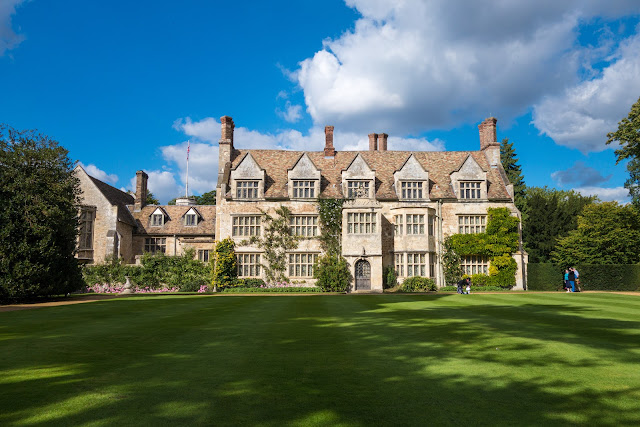Anglesey Abbey

Anglesey Abbey is a great place to visit and is very family orientated as well. A community of Augustinian canons built a priory here, known as Anglesea or Anglesey Priory, some time during the reign of Henry I (i.e., between 1100 and 1135), and acquired extra land from the nearby village of Bottisham in 1279. The canons were expelled in 1535 during the Dissolution of the Monasteries. The former priory was acquired around 1600 by Thomas Hobson, who converted it to a country house for his son-in-law, Thomas Parker, retaining a few arches from the original priory. At that time the building's name was changed to "Anglesey Abbey", which sounded grander than the original "Anglesey Priory". Further alterations to the building were carried out in 1861. Now it is a beautiful garden to visit, owned by the National Trust, and well worth spending the day here. Heading toward the winter garden first, we encounter thes beautiful `touchable` trees Yo...
